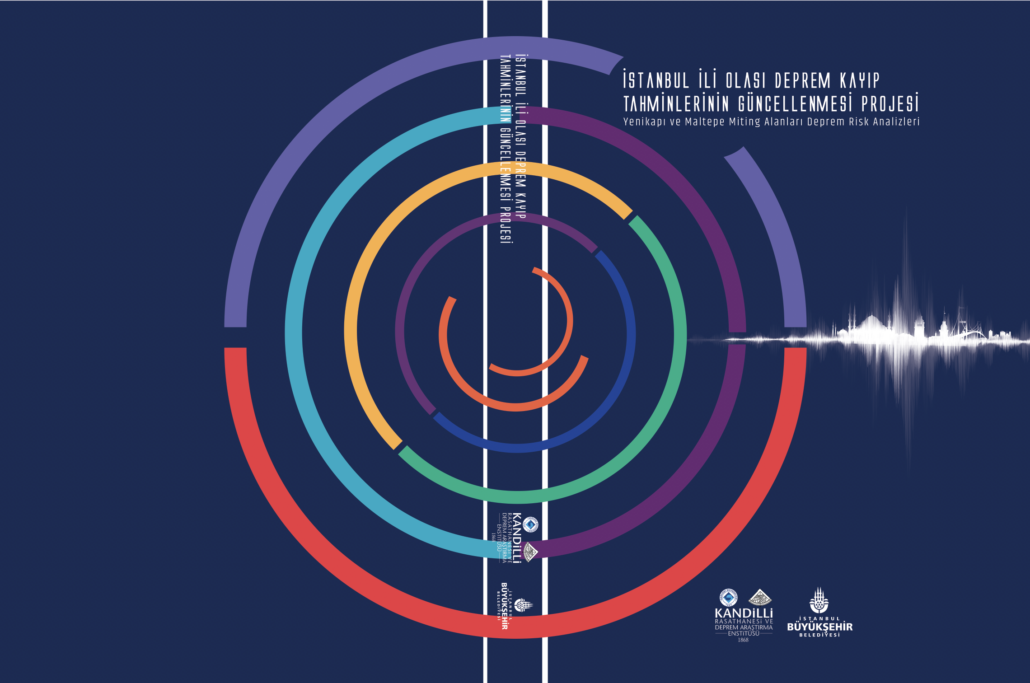“Istanbul Metropolitan Municipality, Istanbul Province Probable Earthquake Loss Estimation Update Project” has been carried out by Boğaziçi University, Kandilli Observatory and Earthquake Research Institute, Earthquake Engineering Department within the scope of the agreement signed between Istanbul Metropolitan Municipality, Earthquake and Ground Investigation Directorate and Boğaziçi University Presidency.
The last study on the estimation of urban-scale earthquake losses in Istanbul is the “Istanbul Probable Earthquake Loss Estimations” study carried out in 2009 by Istanbul Metropolitan Municipality, Earthquake Risk Management and Urban Improvement Department, Earthquake and Ground Investigation Directorate and Boğaziçi University, Kandilli Observatory and Earthquake Research Institute, Earthquake Engineering Department.
In the 10 years since 2009, Istanbul has experienced significant urban change/transformation processes. The city is rapidly growing, developing and changing in terms of population, superstructure and infrastructure. Approximately 30% of Istanbul’s building stock now consists of relatively new structures built after 2000. Urban transformation projects are rapidly ongoing. Mass housing/site type construction continues in vacant areas within the city and on the city periphery, and many high-rise buildings over 20 stories have been or are being constructed. Major infrastructure projects (Yavuz Sultan Selim Bridge and connecting roads, Marmaray, Avrasya tunnel, new metro lines) have been put into operation. In addition to all these changes in infrastructure and superstructure, new scientific research has been conducted on Istanbul’s earthquake hazard in the past 10 years, and new information and findings have been presented. All these developments and changes have revealed the need to update earthquake loss estimates covering the entire province of Istanbul.
This project aims to update the city’s potential earthquake damage and loss estimates using Istanbul’s current population, building and infrastructure inventories. In the 20th year of the Kocaeli and Düzce earthquakes, it is of great importance that the results obtained using the latest earthquake hazard information and models, in light of the up-to-date superstructure and infrastructure inventory information, are taken into consideration and used in all kinds of urban function planning studies, disaster response plans, and studies on determining priority areas within the framework of structural improvement against earthquakes and urban transformation.
The project covers earthquake hazard analyses, risk analyses of urban superstructure and infrastructure elements, and earthquake risk assessment studies of Yenikapı and Maltepe rally areas. Urban earthquake hazard and risk analyses were carried out with deterministic and probabilistic approaches, and various vibration measurement and modeling approaches were used in the earthquake risk assessment of Yenikapı and Maltepe meeting areas.
This study covers a scenario earthquake with a magnitude of Mw=7.5, 15 different earthquake scenarios obtained through simulation, and probabilistic earthquake ground motion distributions corresponding to 72, 475 and 2475 year recurrence periods, and estimates of possible building damage, loss of life, number of injuries and infrastructure damage.

